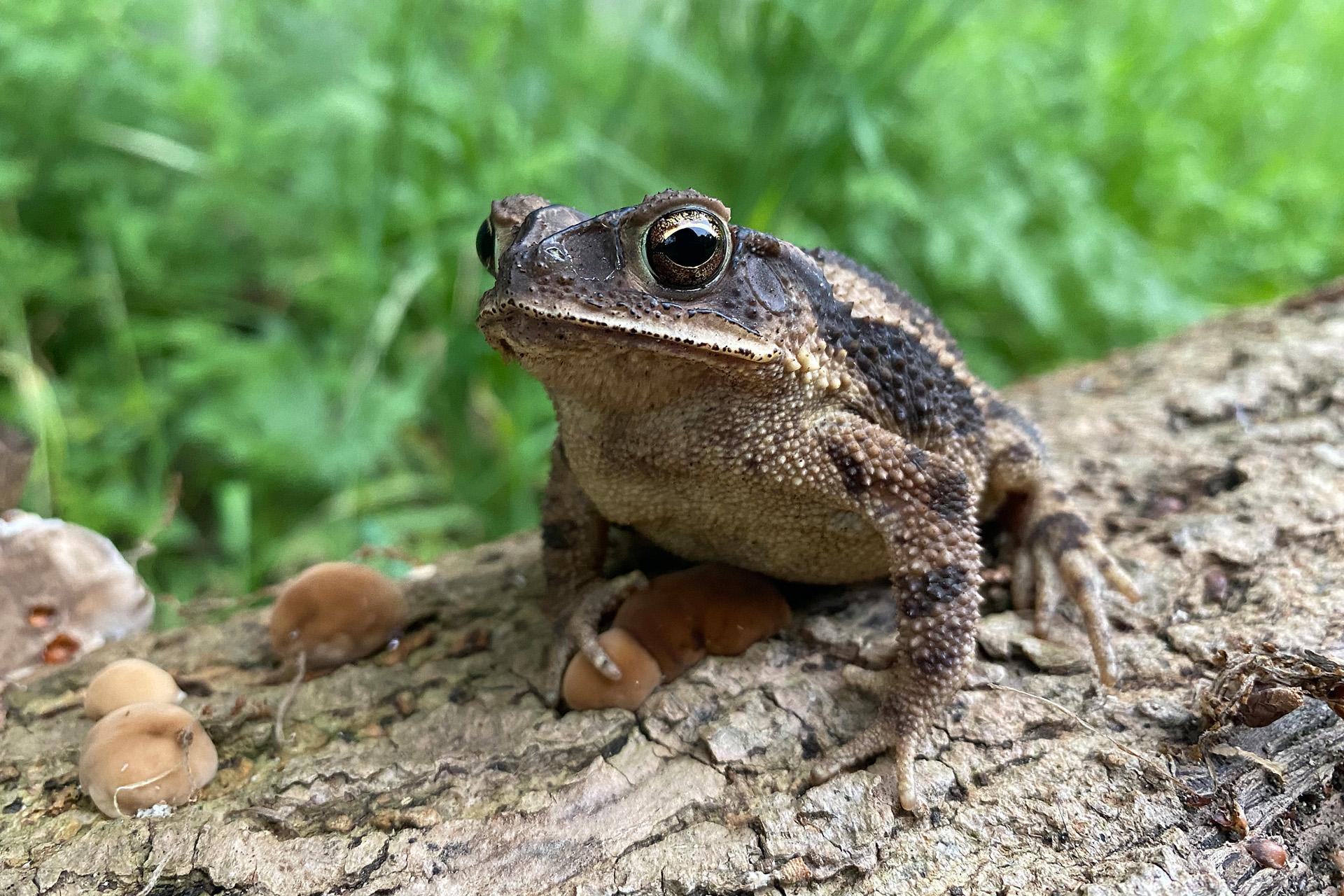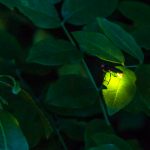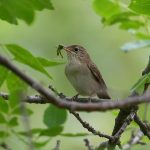Jeepers creepers, did you hear those peepers? You may be surprised to learn the source of this lullaby lilting from your landscape.
On excessively humid nights or right after it rains, a peculiar peeping sound can be heard emanating from the shadows of your garden. Of course, the moment you begin investigating the source of the soft, consistent sound it suddenly goes silent. So I’ll give you a hint: what you’re hearing is the mating call of a chatty little amphibian!
More specifically, a secretive Rio Grande chirping frog (Eleutherodactylus cystignathoides) has taken up residence in your landscape. While these shy frogs aren’t actually native to Bexar County, over the years they have inadvertently hitched rides in ornamental plants destined for landscapes north of their native home in the Lower Rio Grande Valley. Today, Rio Grande chirping frogs can be found throughout much of Texas and are one of the most common amphibians living in our urban landscapes, mostly due to their intriguing method of reproduction.
While most frogs and toads must seek out a body of water to lay their eggs in and for their tadpoles to hatch out and develop, Rio Grande chirping frogs simply lay their eggs in moist soil. Inside the eggs the tadpoles develop and go through complete metamorphosis before hatching out as fully formed froglets. This lack of dependency on ponds and wetlands has opened up a lot of opportunity, especially in our well-watered landscapes!
Of course, many other species of amphibians are also found in Bexar County, including a native cousin to the Rio Grande chirping frog — the cliff chirping frog (Eleutherodactylus marnockii).
While similar in call and appearance, cliff chirping frogs are found specifically in the rocky limestone outcroppings of northwestern Bexar County.

Perhaps most readily recognized though is the sharp trilling call and the obvious presence of the much larger Gulf Coast toad (Bufo nebulifer) hopping through your yard or, in my case, taking a soak in the dog’s water dish.
Over a dozen species of frogs and toads can be found within Bexar County and all of them have mating calls unique to their species. So next time it’s raining, keep your ears open and listen for which species you may have living around your home. If you enjoy listening to their choruses, consider joining the citizen science project FrogWatch USA. By recording and reporting these calls you can help scientists better understand and protect our frog and toad populations.
These amphibians can be wonderful additions to your garden as they are interesting to watch, fun to listen to, and help keep undesirable insects and other pests away. So wonderful in fact, some people — myself included — even build them their own ponds and wetlands! A simple recirculating pond in your garden offers a great place for your resident frogs and toads to take a refreshing dip or lay their eggs, as well as a place for birds and other wildlife to drink and bathe.
Just remember, if you decide to build a frog pond, make sure to provide an easy and accessible way for our amphibian friends to get in and out of the water.




